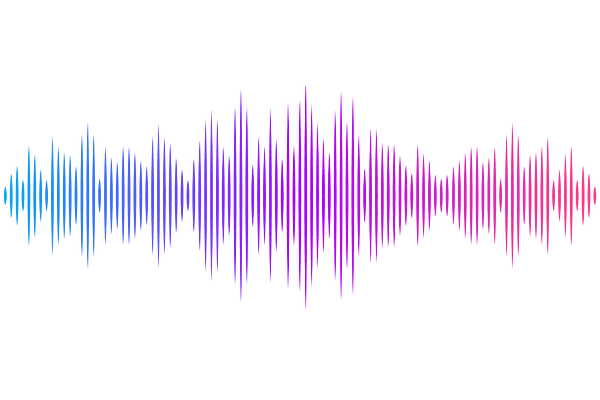Machine Learning Models to Interrogate Proteomewide Covalent Ligandabilities Directed at Cysteines

Machine Learning Models to Interrogate Proteomewide Covalent Ligandabilities Directed at Cysteines
Liu, R.; Clayton, J.; Shen, M.; Bhatnagar, S.; Shen, J.
AbstractMachine learning (ML) identification of covalently ligandable sites may accelerate targeted covalent inhibitor design and help expand the druggable proteome space. Here we report the rigorous development and validation of the tree-based models and convolutional neural networks (CNNs) trained on a newly curated database (LigCys3D) of over 1,000 liganded cysteines in nearly 800 proteins represented by over 10,000 three-dimensional structures in the protein data bank. The unseen tests yielded 94% and 93% AUCs (area under the receiver operating characteristic curve) for the tree models and CNNs, respectively. Based on the AlphaFold2 predicted structures, the ML models recapitulated the newly liganded cysteines in the PDB with over 90% recall values. To assist the community of covalent drug discoveries, we report the predicted ligandable cysteines in 392 human kinases and their locations in the sequence-aligned kinase structure including the PH and SH2 domains. Furthermore, we disseminate a searchable online database LigCys3D (https://ligcys.computchem.org/) and a web prediction server DeepCys (https://deepcys.computchem.org/), both of which will be continuously updated and improved by including newly published experimental data. The present work represents a first step towards the ML-led integration of big genome data and structure models to annotate the human proteome space for the next-generation covalent drug discoveries.